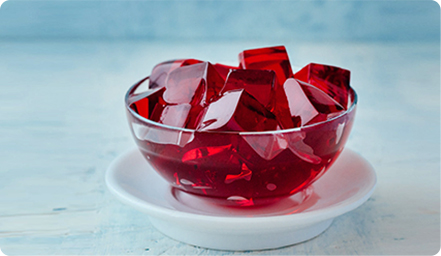-
July, 26,2025
Understanding the Role of Bloom Strength in Soft Gelatin Capsules
-
July, 25,2025
Bloom Strength and Its Impact on Hard Gelatin Capsules
-
July, 21,2025
How Gelatin Is Revolutionizing Pet Food: A Healthier Option for Dogs
-
June, 22,2025
Collagen as a Trusted Ingredient: Meeting Global Demand with Reliable Supply
How to Make Jello with Gelatin Powder: A Simple Step-by-Step Guide
Jello isn’t just for kids' birthday parties—when made from scratch, it's a fun, healthy, and versatile dessert for all ages. Using gelatin powder gives you full control over flavors, sweetness, and even nutritional value. Whether you're looking for a sugar-free treat or a colorful dessert for your next gathering, learning how to make jello with gelatin powder is easier than you might think.
In this guide, we’ll walk through the essentials, from ingredients and techniques to troubleshooting tips—so you can confidently whip up your own homemade jello. Let’s get started!
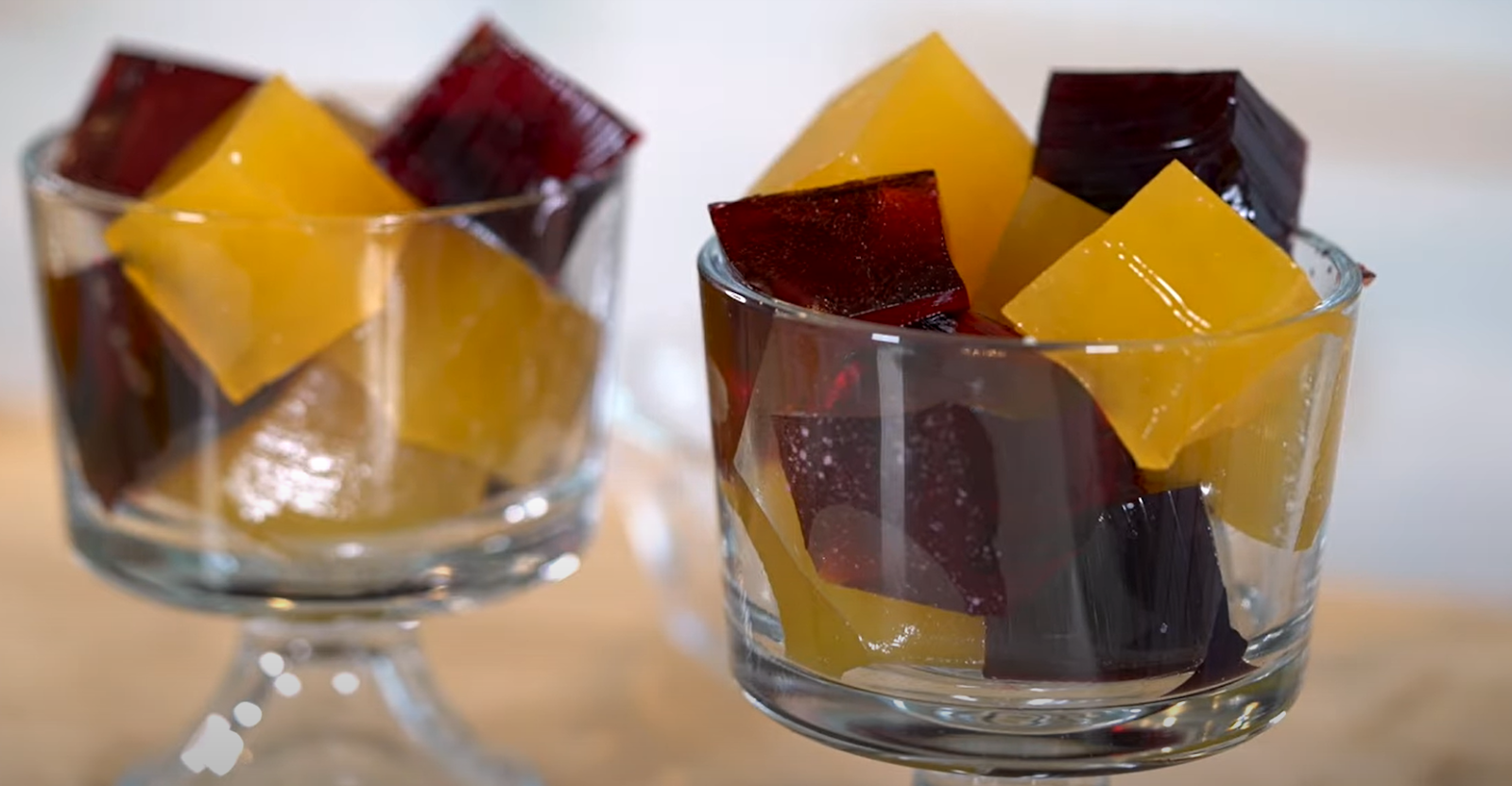
What Is Gelatin Powder?
Gelatin powder is a flavorless, colorless substance derived from animal collagen, usually sourced from bovine or porcine skin and bones. It’s what gives jello its signature “wobble.”
Unlike pre-flavored jello mixes, unflavored gelatin powder contains no additives or sugars, making it a great option for health-conscious cooks and food formulators. It’s commonly used in edible gelatin products like gummies, marshmallows, and yogurts, as well as in medical gelatin applications such as capsules and nutritional supplements.
Learn more about how gelatin works in food and health applications in our guide: How Gelatin Works
Why Make Jello from Scratch Using Gelatin Powder?
Making jello with plain gelatin powder lets you:
- Control the ingredients – use fresh juices, natural sweeteners, or dietary alternatives.
- Customize textures – adjust firmness to your liking.
- Skip the artificial stuff – avoid synthetic colors and preservatives.
- Get creative – layer different flavors, add fruit, or experiment with milk- or yogurt-based jello.
And if you’re sourcing your gelatin from a trusted gelatin manufacturer, you can be confident in its safety, purity, and performance.
For premium-quality gelatin, many food brands rely on FNP Gelatin, a global gelatin manufacturer with expertise in food, pharma, and nutritional applications.
Ingredients & Tools You’ll Need
Basic Ingredients:
- 1 tablespoon unflavored gelatin powder
- 2 cups of liquid (juice, tea, milk, or water)
- Sweetener (sugar, honey, stevia—optional)
Optional Add-ins:
- Fresh or canned fruits (avoid pineapple, kiwi, or papaya unless cooked)
- Yogurt or coconut milk for creamy textures
- Food-safe natural coloring
Tools:
- Mixing bowl
- Measuring spoons & cups
- Whisk or spoon
- Heatproof pan or kettle
- Silicone molds or glass containers
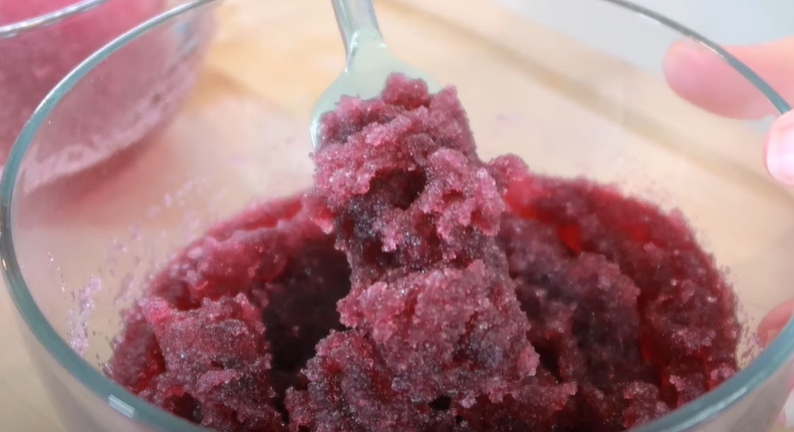
Step-by-Step Instructions to Make Jello with Gelatin Powder
Step 1: Bloom the Gelatin
Sprinkle the gelatin powder over ½ cup of cold liquid (water or juice) in a bowl. Let it sit undisturbed for 5–10 minutes. This step is called “blooming” and ensures even hydration for a smooth result.
Step 2: Dissolve the Gelatin
Heat the remaining 1.5 cups of liquid until just below boiling. Pour it into the bloomed gelatin and stir until fully dissolved. Never boil gelatin directly, as high heat can reduce its setting power.
Step 3: Add Sweetener and Flavors
Now’s the time to mix in honey, sugar, or your favorite syrup—along with flavor extracts or coloring, if desired.
Step 4: Pour into Molds and Chill
Pour the mixture into molds or containers. Let it cool slightly, then refrigerate for at least 4 hours, or until fully set.
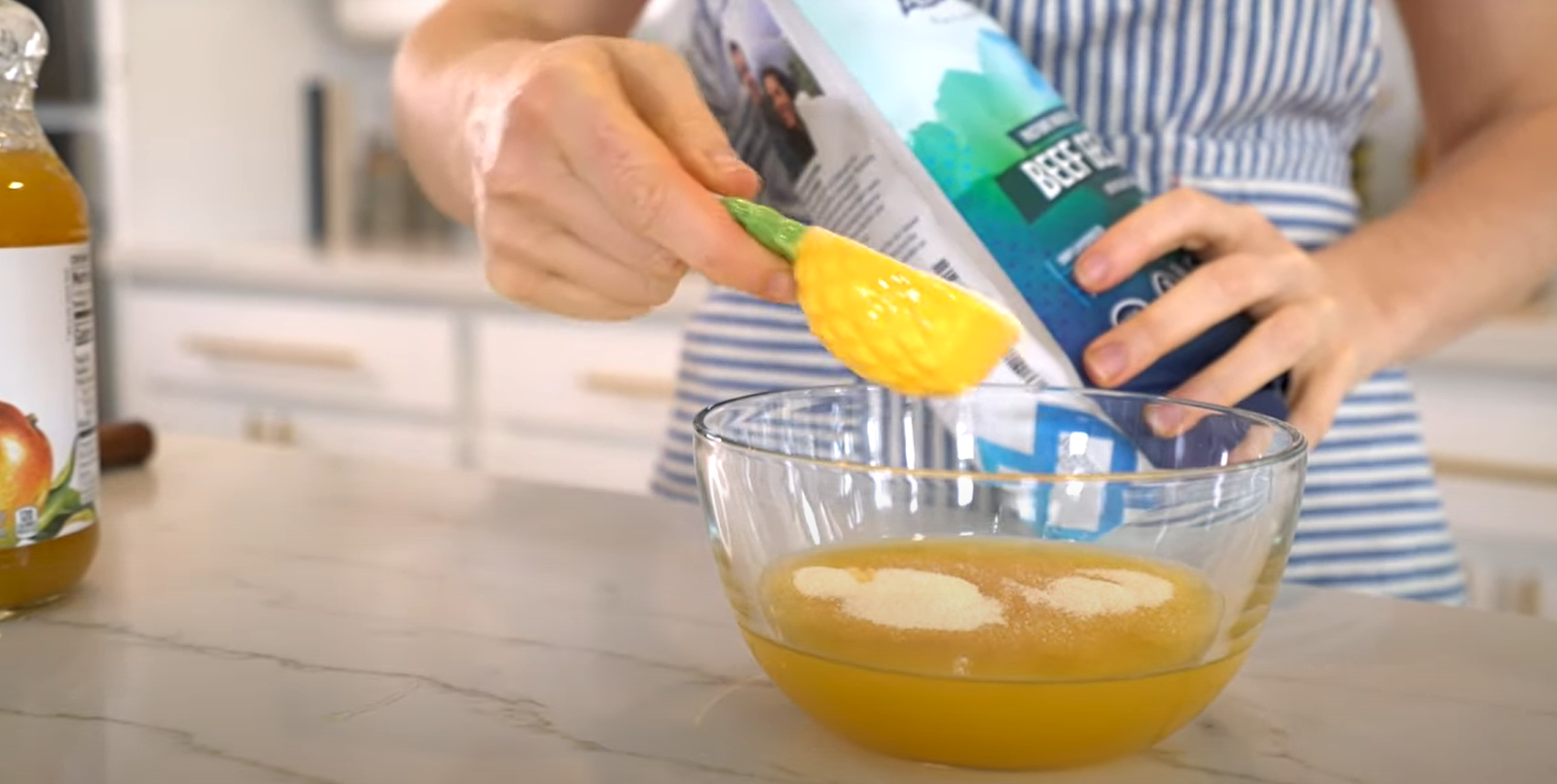
How to Adjust Gelatin-to-Liquid Ratios
Whether you're making soft jello cups or chewy gummies, the texture of your final product depends heavily on how much gelatin powder you use. Here’s a quick guide to help you get the perfect consistency every time:
|
Desired Texture |
Gelatin Powder (per 2 cups liquid) |
Use Case Example |
|
Soft & wobbly |
1 tablespoon (10–12g) |
Classic jello cups |
|
Firm and sliceable |
1.5 tablespoons (15g) |
Party trays, fruit molds |
|
Extra firm / gummy texture |
2–2.5 tablespoons (20–25g) |
Candy gelatin, protein gummies |
To increase elasticity or make jello that holds up better at room temperature, some candy makers mix gelatin with other stabilizers or select high-Bloom gelatin types.
Collagen vs. Gelatin: Can You Use Collagen Powder for Jello?
This is a common question—and it’s important to get it right. Although collagen and gelatin come from the same source and share similar amino acid profiles, they behave very differently when used in recipes.
You cannot use collagen powder to make jello.
Collagen peptides (hydrolyzed collagen) dissolve in liquid but do not form a gel. Gelatin powder, however, blooms in cold liquid and sets into a gel when cooled—making it essential for classic jello texture.
That said, both are excellent for supporting gut health, joint flexibility, and skin vitality, and are often used in food and supplements.
Interested in how collagen peptides support wellness?
Check our product: bovine collagen peptides.
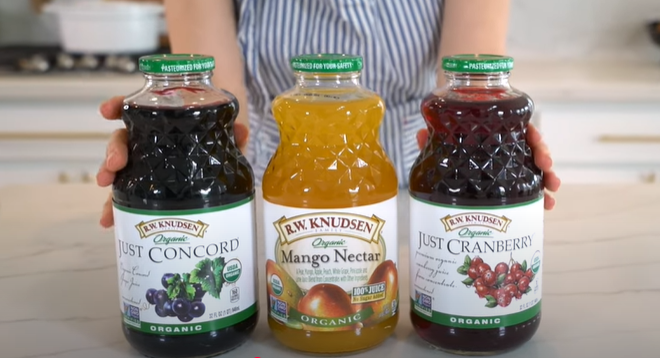
Flavor Ideas and Creative Variations
Homemade jello is incredibly versatile. Try these combos:
- Fruit Juice Jello: Grape, apple, or cranberry juice makes refreshing, transparent jello.
- Coffee Jelly: Mix gelatin with sweetened coffee and top with cream—perfect for adults!
- Layered Rainbow Jello: Make separate colors and layer them one by one for a festive look.
- Creamy Coconut or Yogurt Jello: Replace part of the liquid with dairy or plant-based milk.
Common Mistakes to Avoid
❌ Skipping the bloom step – leads to clumps or grainy texture.
❌ Using raw pineapple or kiwi – contains enzymes that prevent gelatin from setting.
❌ Boiling gelatin – weakens its gelling power.
❌ Too much liquid – results in a soft or runny jello.
When using high-quality gelatin like that from FNP Gelatin, you'll notice improved clarity and consistency—whether you're making jello, gummy candies, or candy gelatin formulas.
FAQs
Q: Can I use fresh fruit juice instead of water?
A: Absolutely! Just make sure it’s not acidic enough to interfere with gelling (e.g., lemon juice needs balance) and avoid enzyme-rich raw fruits.
Q: How long does homemade jello last?
A: Store in the fridge for up to 5–7 days. Use a sealed container to avoid absorbing other fridge odors.
Q: Can I make sugar-free jello?
A: Yes! Use stevia, monk fruit, or no sweetener at all if your juice is naturally sweet.
Q: Is gelatin safe for children?
A: Yes, especially when using food-grade edible gelatin with no additives. It’s a great way to sneak in nutrients like collagen or vitamin C.
Final Thoughts: Healthy, Fun, and Customizable
Making jello with gelatin powder isn’t just easy—it’s rewarding. From fruity jello cups to creamy coffee jelly, the possibilities are endless.
Whether you're a home cook or a brand innovator, FNP Gelatin offers high-quality gelatin and collagen solutions. If you're sourcing gelatin powder wholesale or seeking collagen peptide powder manufacturers, FNP is your trusted partner for clean-label, functional ingredients.
Image source:
https://www.youtube.com/watch?v=WhUp1qxDzVI
Phone: +86-577-88105990
Mobile: +86-138 5886 1938
Official Website: www.fnp-gelatin.com
Email: sales@funingpu.com
Address: No. 1-10 Wenpu Road, Yacheng Town, Xiapu County, Ningde City, Fujian Province

